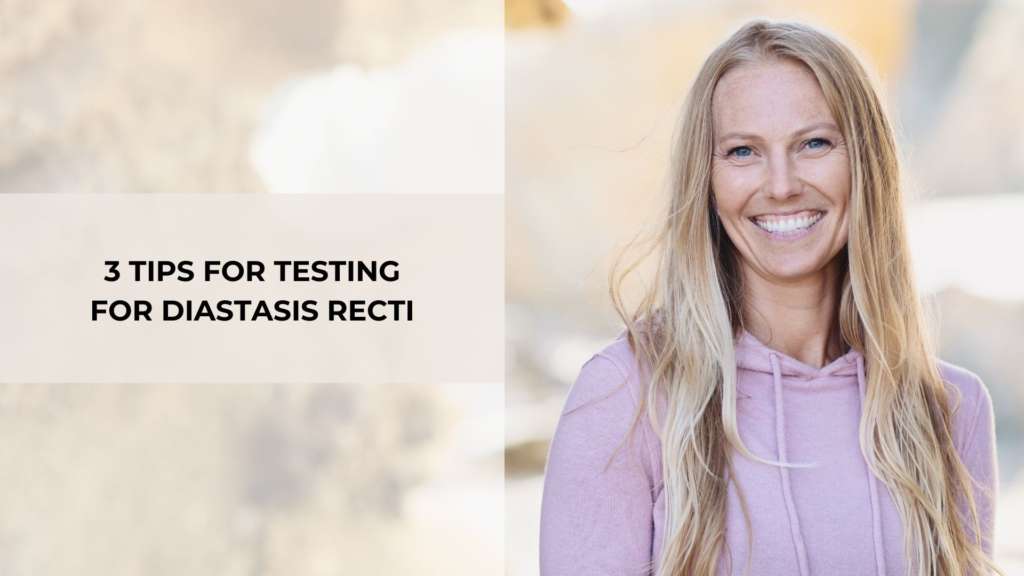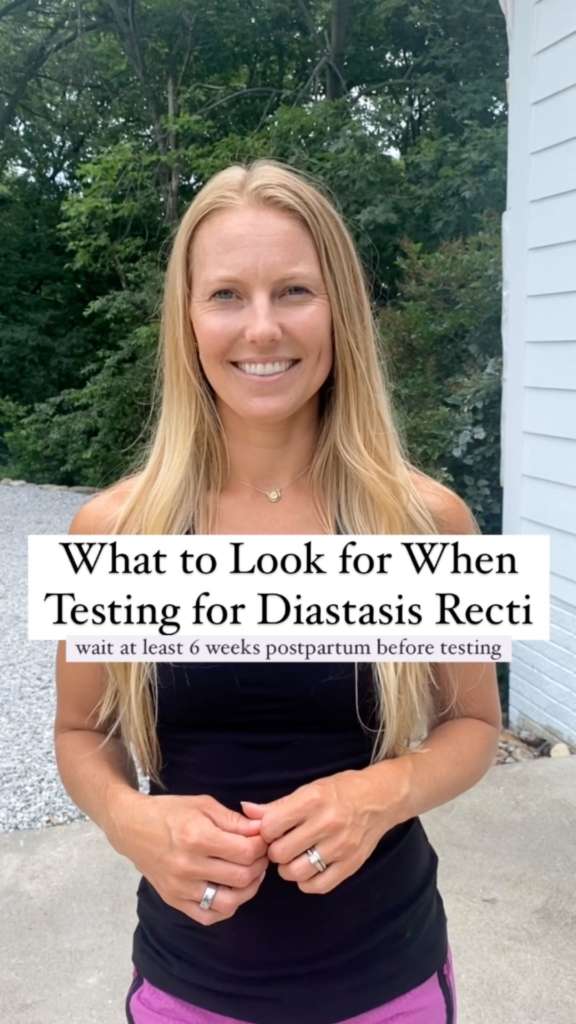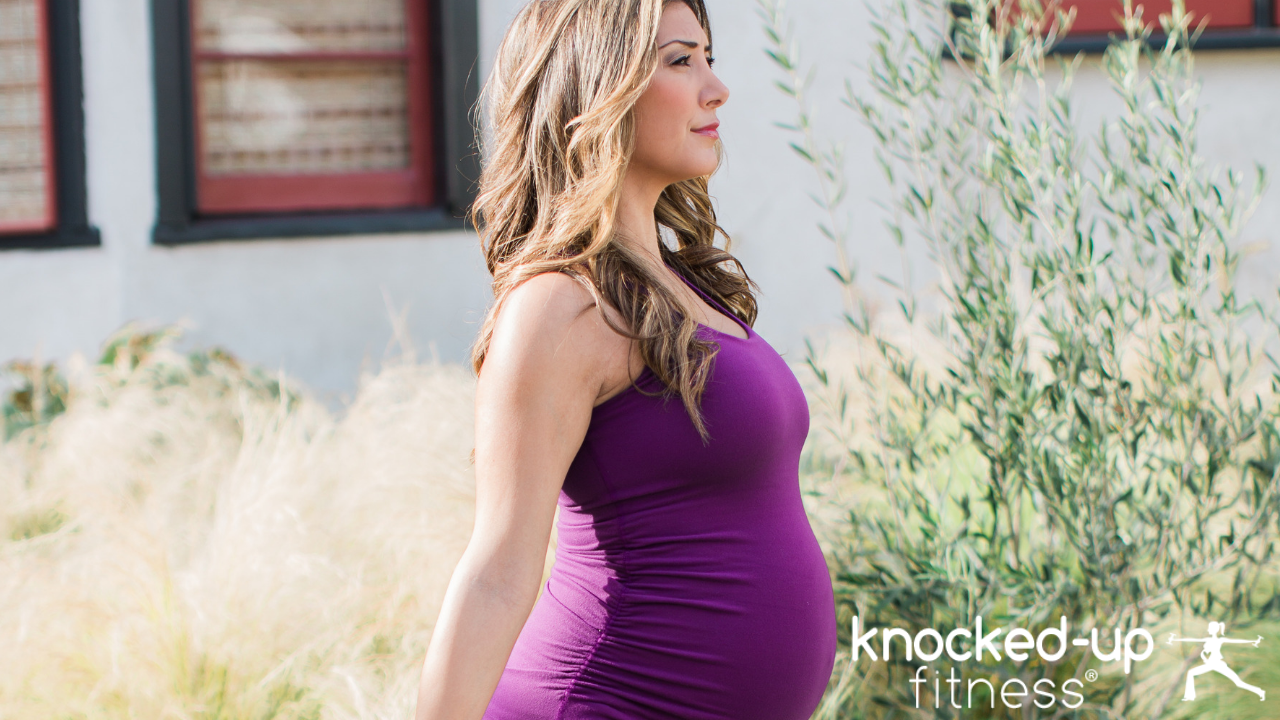I was recently answering questions in my Instagram DMs when Jennifer asked: “What should I be looking for when testing for diastasis recti?”
This was a question I had heard before…There are always postpartum women asking me similar questions: How can I test diastasis recti at home? And If I have diastasis recti, do I need to have surgery?
>>Here’s my cold, hard answer: Healing your deep core is the same whether you have diastasis recti or not.<<
Strengthening the fascia in the abdominal wall is important for all women to do after childbirth.
And a strong core leads to less pain and dysfunction.

However, if you are interested in testing for diastasis recti, here are three things to look for once you are at least 6 weeks postpartum:
- Activate your abdominals when testing
- Test the depth and not just the width of the separation
- Be aware of where the separation is at
For a full step-by-step guide on how to test for diastasis recti, click play >>HERE!<<
So, the moral of the story? Having diastasis recti does not have to hold you back from strengthening your deep core. The best way to heal your body or your diastasis recti is to take a step back from high-intensity exercises and focus on gentle movement, breathwork, and mindset practices.

Want the tools to heal your deep core from the inside out? I’d love for you to join Core Rehab where we activate fascia all day, every day!
*Seriously, it’s our secret weapon!*
If you’re looking for coaching to guide you through closing diastasis recti and strengthening the deep core, Core Rehab is it, Beautiful. This is your personal invitation from my heart to yours to >>join Core Rehab<< and discover something new about your body.
Enrollment closes on July 22nd at Midnight CST. See you on the inside, Mama!





